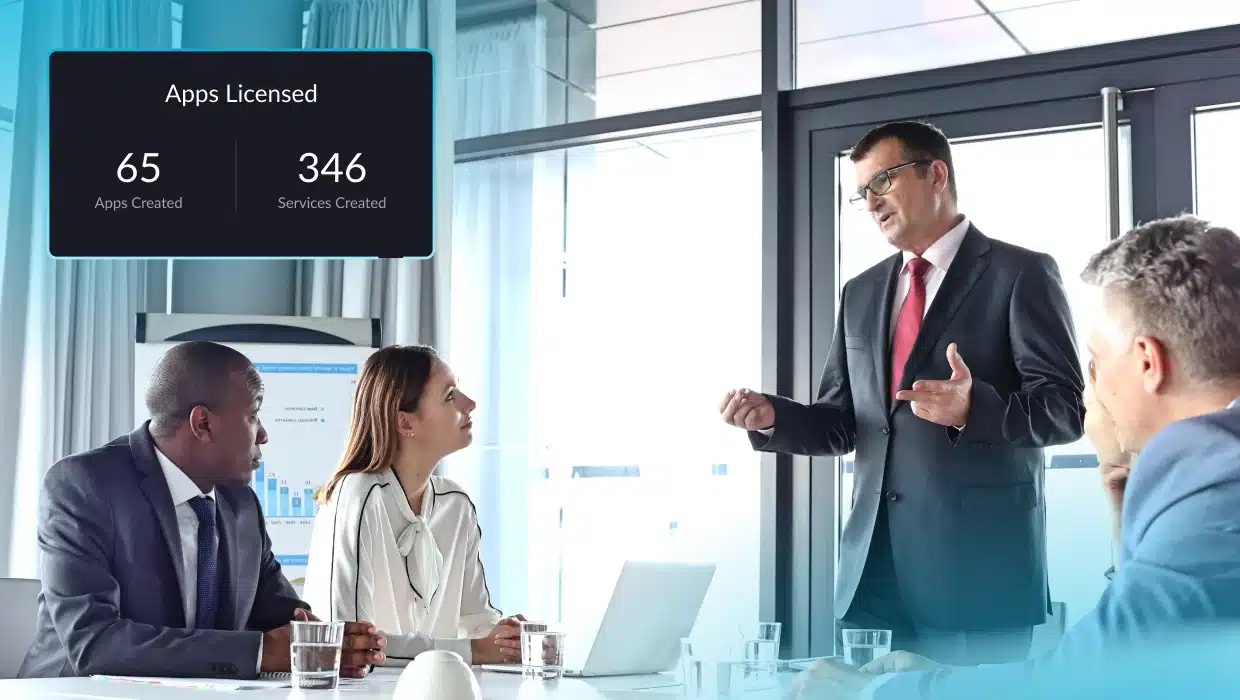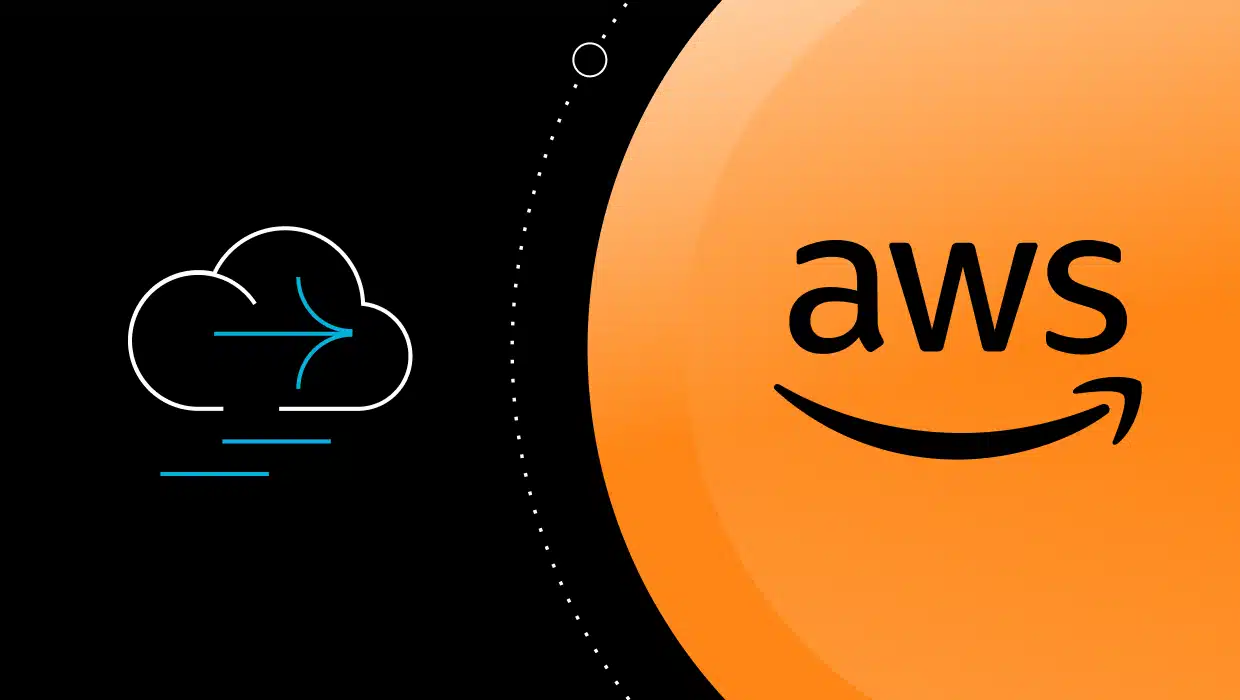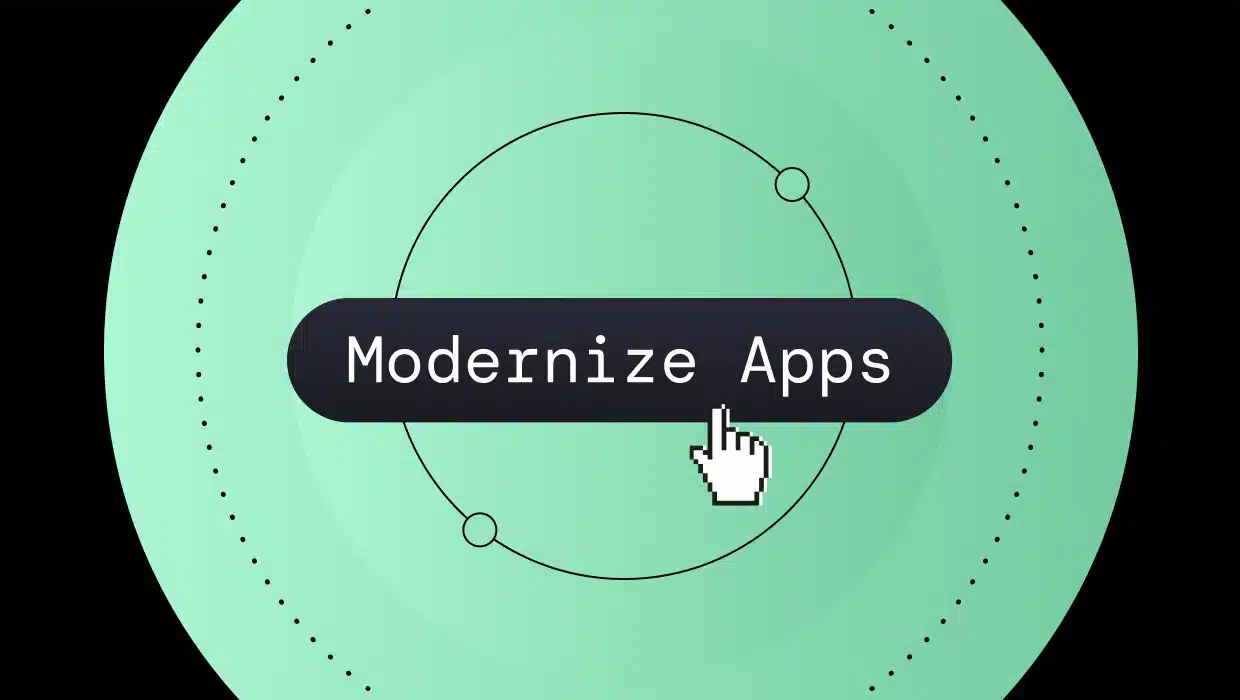It Takes a First-Class Seat: Demonstrating the Benefits of Continuous Application Modernization
Continuous application modernization allows organizations to address legacy code in iterative steps. It adheres to an agile-like methodology where incremental improvements are delivered faster with less risk than traditional waterfall methods, where multiple updates are delivered at once. However, an effective agile environment requires a mindset change.
Anyone promoting a continuous application modernization strategy must overcome the tendency to resist change. Individuals are hesitant to accept change when they do not understand its impact. That holds for employees as well as executives. In fact, organizational resistance to change is a primary obstacle to implementing new processes.
Executive buy-in or the lack of leadership support contributes to an organization’s fear of change. Unless management participates in the process, employees hesitate to invest their energies because they do not see a benefit. The proposed change is another “fad” that will be replaced in a month or two. Why invest time and energy in a process that will disappear in a few months?
To ensure project success, IT must first get executive support. Without it, IT departments will encounter employee resistance. So how does IT achieve executive and employee buy-in?
Before you talk about ROI, risk assessments, and budgets, consider the psychology of change. Change management gurus and psychologists cite fear of failure, fear of the unknown, and fear of job loss as reasons for resisting change. However, resistance indicates the reward is not worth the risk.
For example, you have an aisle seat in coach on a full flight from LA to JFK. Just before take-off, the airline offers you a free upgrade to a first-class window seat. Are you going to turn down the upgrade because it requires a change? Probably not.
The same psychology applies to leadership buy-in. If you want executive support, you need to offer them a first-class seat. The question is, how do you do that?
Related: Creating a Technical Debt Roadmap for Modernization
Leadership Support for Continuous Application Modernization Strategies
Gaining leadership support means presenting information that demonstrates to executives that using a continuous application modernization strategy is in the company’s best interests. The rewards of a more agile development environment offset any risks associated with the strategy change. The secret to success is how the data is used to achieve buy-in.
Begin with Data
Companies have more projects than resources. It’s the leadership’s responsibility to decide which projects have priority. They want data to help with decision-making. Executives want to know that the appropriate due diligence has been conducted to determine the project’s scope and cost.
The first step in proposing continuous application modernization is quantifying technical debt. IT must assess the time, costs, and scope to determine debt accurately. The process is time-consuming unless automated tools are used. For example, IT can manually calculate defect ratios by tallying old and new defects, or they can use bug-tracking software to store the information. Other metrics for assessing technical debt include:
- Code quality using coding standards
- Completion time using hours to correct a reported problem
- Rework efforts using bug-tracking software
- Technical debt ratio comparing the cost to fix problems versus the cost of building new
While these methods can reduce the assessment time, they still require IT to perform calculations and analysis. Fully automated solutions can eliminate much of the collection, analysis, and calculation required to present a business case for executive buy-in.
AI Modernization Platforms
AI-guided solutions can reduce the assessment time from weeks to hours with little to no IT involvement. For example, AI-automated assessment tools can analyze Java code in less than an hour, providing information on the following:
- Technical Debt. Identify sources and measure negative impact if not addressed.
- Complexity. Quantify the complexity of each application and prioritize the apps to modernize first.
- Metrics. Assess metrics for return-on-investment analysis
Using a fully automated platform enables IT personnel to spend less time collecting data and more time focusing on the benefits that will deliver buy-in.
Define the Process
Many outside of IT may not be familiar with the concept of continuous application modernization. They may not understand how the process differs from more traditional approaches to software development. Part of the buy-in process means explaining how the change impacts an organization.
Suppose a company has a payment processing solution that needs updating to support a different payment type. The project has a three-month deadline. As the project progresses, decisions are made to leave the architecture the same because recasting the payment type as a microservice would delay the release date.
After the software is released, the company can continue with its existing architecture, adding to its technical debt to be addressed decades in the future. Or, the company can add moving the payment type to a microservice to its list of modernization tasks and assign it a priority to decrease the technical debt as quickly as possible.
The ramification to the company is the allocation of resources to work on modernization tasks as part of its routine workflows. That may mean fewer resources are available to work on other projects. For many, this process may seem to be a negative, taking away valuable resources to fix problems with software that is working just fine.
That’s when focusing on the benefits comes into play. It’s these benefits that will convince leadership that modernization is in the company’s best interest.
Focus on Benefits
Achieving executive support for continuous application modernization means addressing change in terms of benefits. It’s about using the data to inform the discussion on why continuous application modernization is the right strategy for an organization. Here are some tips on how to use data to demonstrate how modernization is the best choice.
Meet Key Business Objectives
Instead of talking about money and timelines first, talk about impediments to meeting business goals. Take the payment type example.
Suppose accepting crypto payments is a business objective. Start with what is needed to support that payment type, highlighting the technologies the existing architecture cannot support. Using the data from an automated analysis, explain the time and cost of modernizing the entire application. Be sure to note that the timeline assumes the use of automated tools.
Part of the discussion should include the impact on daily IT operations. When modernization occurs in a waterfall-like approach, all available resources will be consumed in the effort, leaving minimal IT staff to address everyday issues. Historical data should provide information on what percentage of staff time is used in system maintenance activities and support.
Contrast the waterfall scenario with a continuous application modernization strategy that uses iterative development. With a prioritized analysis, discuss a timeline where microservice development is integrated into standard IT operations. Then, compare the timelines. Which approach is more likely to meet business objectives with less disruption and at a lower cost?
Improve Agility
Comparing timelines opens the discussion to another critical business objective — agility. Leadership is well aware of agility’s value to a company’s long-term viability. What they don’t know is how to achieve it. That’s where a continuous application modernization strategy comes in.
Related: IT Leader Strategies for Managing Technical Debt
Consider compliance updates using the payment example. Payment networks have annual or semi-annual updates that must be completed as scheduled to remain in compliance and continue payment processing. What happens when an update is required in the middle of modernization?
Using data from an automated analysis, IT can determine which microservices are impacted by the updates. They can look at the project schedule and determine the impact on deliverables. A low-priority microservice may need to be higher on the list. If the modernization assessment presents the data per microservice, adjusting the timeline should be straightforward with little impact on the overall schedule.
A waterfall-based strategy could lead to difficult decisions.
- If the modernization project is months away from completion, updates must be made to the existing code to remain in compliance. Updates will also need to be added to the modernization code to ensure backward compatibility. When the new code is delivered, the updates may require retesting or recertification since it is a new code base.
- If the project is close to completion, the updates can be added to the new code. The existing code would remain untouched. If the new code is not ready as anticipated, the company is out of compliance and risks penalties and fines. The added updates may extend test times.
The compliance example illustrates continuous modernization’s agility. While the changes may impact overall delivery schedules, the strategy delivers the agility needed to ensure operations with minimal risk.
Achieve Buy-In for Continous Application Modernization
Focusing on benefits still requires a detailed analysis of what modernization will take. It needs the same data as is needed if using a more traditional time and materials approach. The difference is in the seat location.
In coach, the executives struggle to see where the plane is going and the turbulence ahead. They cannot reduce the noise to decide what is in the company’s best interests. In first class, leadership encounters less noise and has a clearer perspective of the plane’s path. They are less resistant to change because they see the long-term advantages of a continuous application modernization strategy.
vFunction’s Assessment and Modernization Hub provides organizations with data-driven analysis of what is needed for modernization. The data can then be used to get leadership buy-in when focusing on what facilitates change. Contact us today to get started gaining leadership support for your modernization projects.







